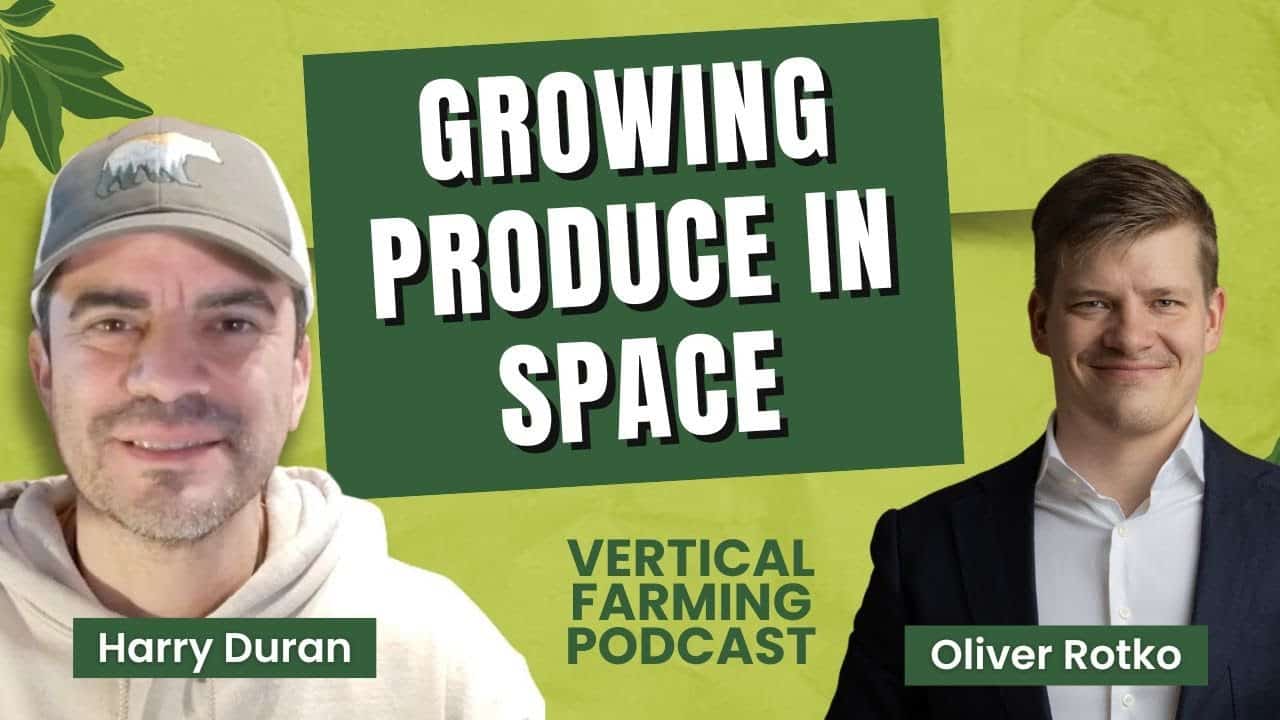Key Takeaways:
- Arctic Farming has spent over five years developing its Herbie system, a fogponics-based unit designed for the hospitality sector.
- Customer feedback influenced several product decisions, including eliminating app dependency and minimizing system noise.
- The acquisition of Plantui expands Arctic Farming’s presence in the consumer segment and brings proprietary biotechnology.
- The company is exploring space agriculture applications while continuing to scale Herbie in the Nordics and Asia.
- Arctic Farming’s leadership emphasizes transparency and cross-sector collaboration in the vertical farming industry.
Arctic Farming's Road to Market
Emphasis on Gradual Development
Arctic Farming, a Finland-based vertical farming company, has taken a long-term approach to product development. Founded in 2019, the company spent several years designing and refining its flagship unit, Herbie—a compact fogponics system aimed at restaurants and hospitality clients.
“If we had pushed this product out to market even a year and a half ago, we would have already failed,” said CEO and Co-Founder Oliver Rotko during a conversation on the Vertical Farming Podcast.
The company attributes its slower development cycle to the complexity of integrating hardware, software, and plant biology into a single system designed for small-footprint environments.
Customer-Driven Design Choices
Removing Barriers to Adoption
The Herbie system was designed with end-user functionality in mind. It does not rely on a mobile app, a decision made after discussions with hospitality clients who cited device fatigue and high staff turnover as concerns. The system features a simple user interface, focused on essentials such as water levels, with technical controls protected behind access codes for maintenance personnel.
Rotko noted that feedback from pilot customers influenced changes to the unit’s noise levels, lighting, and materials. According to the company, these adjustments improved compatibility with restaurant interiors and workflows.
Arctic Farming’s Technology and Market Strategy
Fogponics and System Adaptation
Originally launched as an aeroponics system, Herbie was adapted to fogponics following usability and maintenance feedback. The fogponics system delivers nutrients using a fine mist and reduces the number of mechanical parts, which the company believes can enhance durability and minimize noise. Arctic Farming has filed for a patent related to this adaptation.
“There are a couple of tricks that you need to do in order to get fogponics to work,” said Rotko, noting that trial-and-error testing extended over multiple growing cycles.
The development of Herbie included over two years of on-site piloting in hospitality venues across Finland.
From Commercial to Consumer: The Plantui Acquisition
Expanding the Product Portfolio
In 2023, Arctic Farming acquired Plantui, a Finnish-designed tabletop hydroponics system. The acquisition added a consumer-facing product and access to existing patents and biotechnology developed by Plantui’s founders. Rotko stated that technology from Plantui is now being integrated into both Herbie and the company’s space-oriented product line.
“With Plantui, we gained global patents, a loyal user base, and a product that’s already shipped to 23 countries,” he said.
The company reported consumer interest in a wide variety of crops grown with Plantui, ranging from herbs and flowers to tomatoes and banana saplings.
Arctic Farming Research Toward Space Applications
Earth-First, Space-Second Approach
Arctic Farming has indicated plans to explore agricultural solutions suitable for microgravity environments. Rather than focusing exclusively on space, the company’s stated strategy is to use commercial products to fund parallel research and development for future space applications.
Rotko noted that several members of the Arctic Farming team have backgrounds in satellite engineering and space food systems. A formal announcement of the company’s entry into the space sector is expected later in the year.
Industry Lessons and Design Considerations
Learning from Past Failures
According to Rotko, Arctic Farming’s development cycle has been informed by industry trends, including the closures of earlier vertical farming ventures. He pointed to overextension, limited customer insights, and poor product-market fit as contributing factors.
Herbie was designed with a compact footprint and minimal labor requirements. Rotko said that the goal was to avoid replacing customer seating in restaurants, a challenge for larger, stacked growing units. He also noted that product value in hospitality extends beyond the produce itself and includes the overall customer experience.
Collaboration and Transparency in Vertical Farming
Industry Reflections
Rotko advocated for greater openness and peer engagement in the vertical farming sector. He emphasized the importance of realistic communication and avoiding exaggerated claims, particularly in relation to sustainability.
“The market is big enough for all of us,” he said. “Sharing information helps the entire sector.”
He also referenced the impact of independent voices in the industry who have called attention to inaccurate or misleading marketing, suggesting that adherence to transparent messaging can support long-term trust and investment.
What’s Next for Arctic Farming
Arctic Farming plans to expand Herbie across the Nordic region and parts of Asia, with early discussions underway in Japan. Meanwhile, the consumer-facing Plantui product has reached 23 countries, with additional distribution planned in North America.
“What keeps me going? Seeing something you’ve built from scratch actually work,” Rotko said.
The company continues to develop its space-compatible farming system while maintaining its commercial activities in hospitality and consumer verticals.


